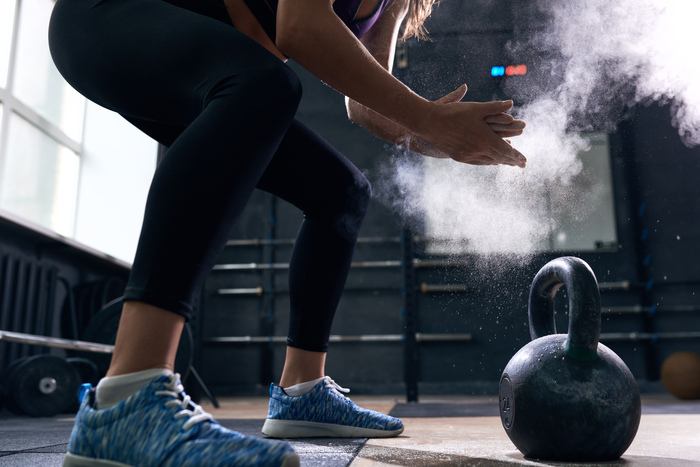Excess weight is the most common reason why people go to the gym. Crossfunctional fitness can contribute to intensive weight loss and muscle building.
But only strength exercises with colossal intensity, like Crossfunctional fitness, don’t remove weight. It’s all about the equation “weight loss = training + diet”, and many people forget about the second component. That is why the desired result, if it comes, is not soon. It is important to remember that a large amount of energy expended must be replenished so accurately that both the strength is restored and the extra calories are not received.

Rapid weight loss after the first weeks of intense training is usually water loss, “eating” muscle mass, or even hormonal disruptions. After a quick “wrong” weight loss, the body, recovering from the shock, begins to accumulate fat and water, which only leads to edema and not to the result that the Crossfit beginner expected.
What diet rules should be considered in Crossfunctional fitness?
For Crossfunctional fitness to be an effective method of losing weight, it is enough to correctly compensate for calories and know how much of their excess to “burn” in training. Do you want to keep fit with the help of Crossfunctional fitness and lose weight? Learn some rules of nutrition and integrate them into your eating habit.
- Eat more dietary fiber. It gives a feeling of fullness, makes the stomach, and contains a small number of calories. The diet of a losing-weight athlete, of course, simply must be low in calories and compensate for energy costs. At least 75% of all foods in the diet should be low-calorie.
- Get used to fractional meals (ideally 5-6 small meals a day). So the body “understands” that food is coming in regularly, and doesn’t store fat in reserve. In addition, small portions are better absorbed, and all the energy from the products go to fuel for muscles and support daily life.
- Limit fast carbohydrates and fats in the diet. Fast carbs include white bread and pastries, sugar, honey, confectionery, ketchup, alcohol, carbonated sweet drinks, and some fruits: watermelon, grapes, persimmons, bananas. “Fast” carbohydrates dramatically increase blood sugar levels, provoking hunger, and are absorbed too quickly, turning into body fat.
- Some food before and after training is of great importance. A couple of hours before class, you need to eat some protein – this will give the muscles space to grow and strengthen, and the absence of other food will allow the body to burn its reserves instead of processing the energy of products. After the Crossfit workout is over, the next 1-2 hours the metabolism will be at its peak, the level of fatty acids in the blood will increase. If you eat during this time, the acids will return back to the fat cells.